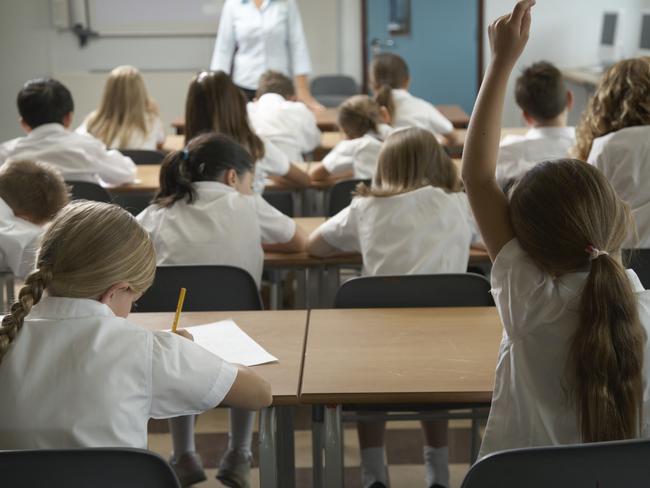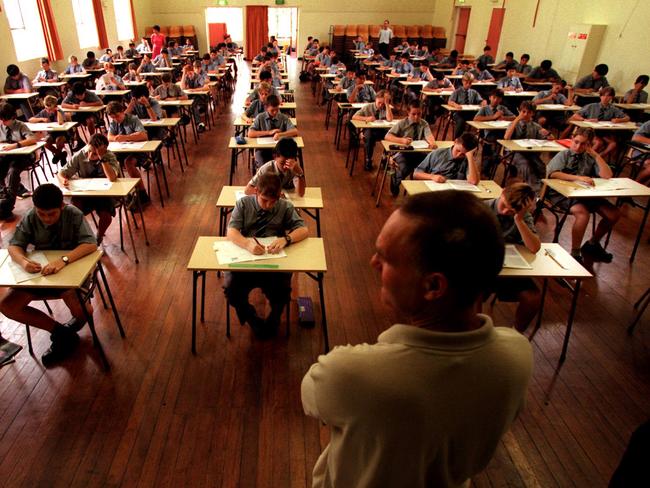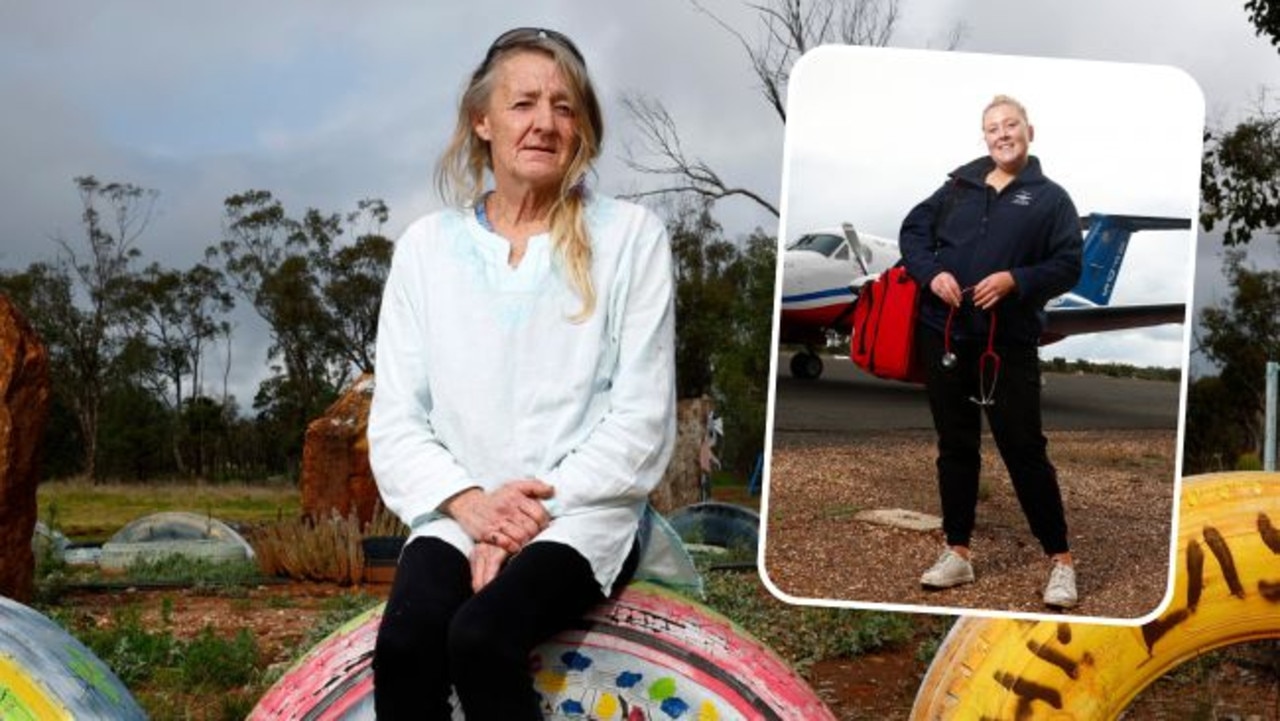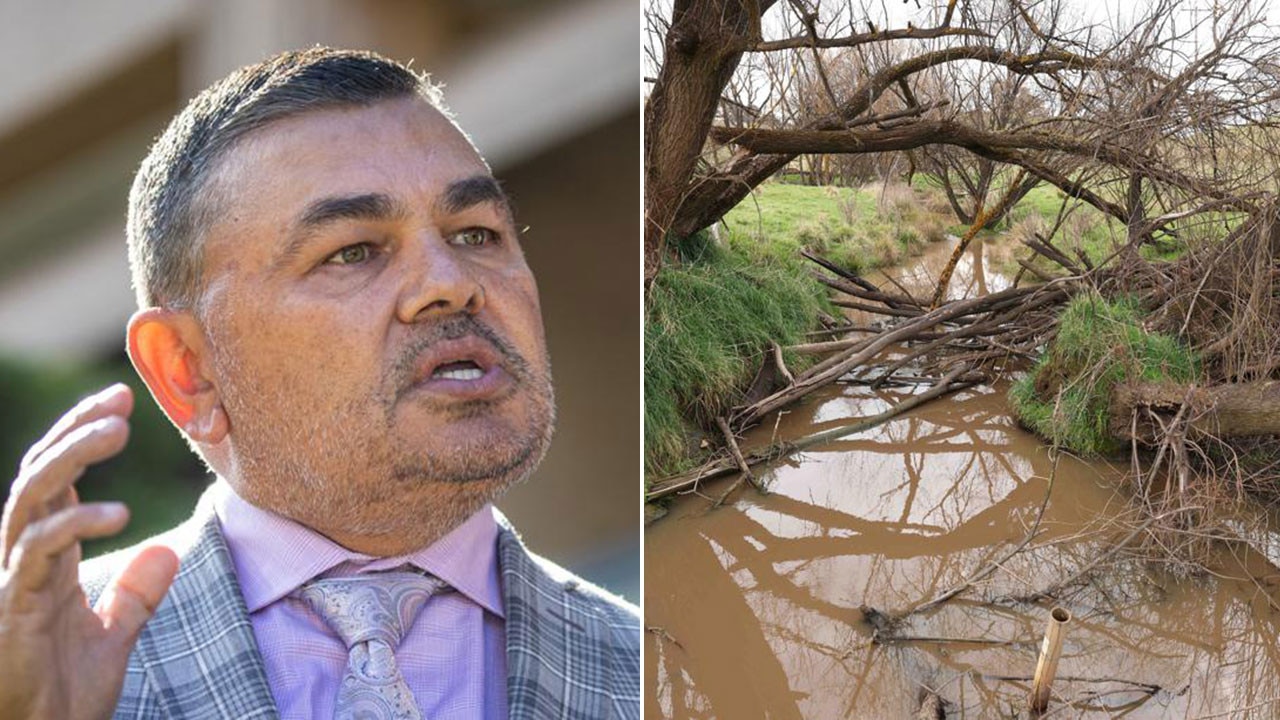Bush Summit 2024: Regional teacher vacancies at crisis levels
Longer hours and increased workloads are driving teachers in regional Australia to want to quit the profession before retirement age.
Bush Summit
Don't miss out on the headlines from Bush Summit. Followed categories will be added to My News.
Longer hours and increased workloads are driving teachers in regional Australia to want to quit the profession before retirement age, as states grapple with dire vacancies and supply forecasts.
In one state, there are 60 regional teacher vacancies compared with just one in the city, while in the Northern Territory there are three times more positions to fill than two years ago.
This story is part of News Corp Australia’s Bush Summit series celebrating rural and regional Australia and championing the issues that matter most to those living in the bush. You can read all our coverage here
The need for a National Teacher Workforce Action Plan was agreed to by all education ministers in December 2022.
But it can be revealed a national geographical snapshot identifying the regions and specialities with the worst shortages to help inform the plan still won’t be publicly available until next year.
While Victoria is in the only state that publicly releases a teacher supply and demand report, neither Queensland nor New South Wales will reveal their teaching vacancy numbers.
The Queensland Department of Education said state school teaching vacancies were constantly changing, with the highest demand continuing to be in rural, remote and regional communities.

The current vacancy rate for teachers was about 2 per cent, which the department said had been consistent for the past five years.
“The Queensland Department of Education prioritises internal data analysis to strategically address teacher supply and demand, ensuring that decisions are data-driven and effectively targeted,” a department spokesperson said.
The spokesperson said a public release of teacher supply and demand reports, like Victoria, “may compromise the nuanced and dynamic nature of our workforce planning strategies”.
ANSW Department of Education spokesperson said in a challenging national environment there had been a significant decline in teacher vacancies in the public education system – falling 20 per cent from January 2023 to January 2024.
Department modelling in 2022-23 via parliamentary inquiries indicated there was adequate supply to meet projected demand beyond 2027 in the state’s public primary schools.
But there were challenges in secondary schools.
The Australian Institute for Teaching and School Leadership has been tasked with compiling data down to the smallest possible geographical level and specialty to project teacher and supply demand across the country — work expected to be released next year.
The institute’s acting CEO Edmund Misson said since Covid-19, the teacher workforce shortage had become more pronounced.

“For the 10 years leading up to Covid, the picture was that there were shortages, but they’d be either in rural areas or lower socio-economic areas of cities,” he said.
“Even though there’s not national published data on this yet … clearly anyone who’s trying to run a school or a school system is saying that there is a shortage … and I think it’s clear that it’s worse in regional areas.”
The institute’s most recent National Trends: Teacher Workforce publication found “workload and coping” remained the top reasons for teachers leaving regional and remote teacher jobs, increasing from 88 per cent in 2020, to 92 per cent in 2021 and 2022.
It found from 2020-22, the proportion of the teacher workforce in regional and remote areas intending to stay in the profession until retirement decreased by 13 percentage points from 41 per cent to 28 per cent.
It was also found the teacher workforce in the most remote areas were around 10 per cent more likely to work 50 plus hours per week, compared to their counterparts in major cities.
“While (full-time work) may be beneficial to some teachers as it provides more job security, it may also be detrimental because of the additional hours involved, which may disincentivise working in remote and very remote areas,” the publication noted.

Victoria’s public supply and demand report recently revealed fears demand would outstrip supply in less than five years without significant intervention.
This is despite the teaching workforce growing by 2.3 per cent in 2023 – the largest increase of any state or territory – with Victoria now having 8000 more registered teachers than in 2020.
The latest supply and demand report revealed that as of 2022, there were 13,416 vacancies with the lowest number of applications per vacancy the lowest in inner regional, outer regional/remote areas.
The largest rates of vacancies were in Victoria’s outer regional and remote areas.
The Department for Education in South Australiahas reported 61 current teacher vacancies with 60 of these in country schools, with those in the Far North of the state continuing to have the highest number of unfilled positions.
But a department spokesperson said SA started the 2024 school year will less unfilled vacancies than in 2023 and 2022.
In Tasmania, there are about 70 full-time-equivalent teacher vacancies in its government schools – with the majority in Years 7-12 sector.

A Tasmanian Department for Education said between 2018 and December last year, 438 permanent teachers had been appointed through targeted annual campaigns, focusing on regional and hard to staff schools and specialisations.
Across the Northern Territory there were 97 reported classroom teacher vacancies, as of July 30, almost double the number vacancies compared to that time last year (47) and almost triple that of 2022 (38).
An NT Department of Education spokesperson said each fortnight, the recruitment team developed a teacher vacancy report including current and forecasted vacancies to inform the work of the department.
This includes redeployment of corporate based registered teachers if required, and intensive recruitment focus to support filling hard to fill va
The NSW Department of Education spokesperson they would continue to work with education partners across the country to ensure there was a “targeted policy approach to teacher recruitment and retention at both a national and state level”.
The NT Department of Education spokesperson said it was supportive of the looming national teacher shortage snapshot.
A Department for Education in South Australia spokesperson said all data that supported understanding teacher labour market trends, to inform supply strategies would be welcomed.
“National data by geographical location will complement our local departmental data and insights about the needs in our sites,” the spokesperson said.
“Having access to the national picture will allow us to learn from other jurisdictions.”




